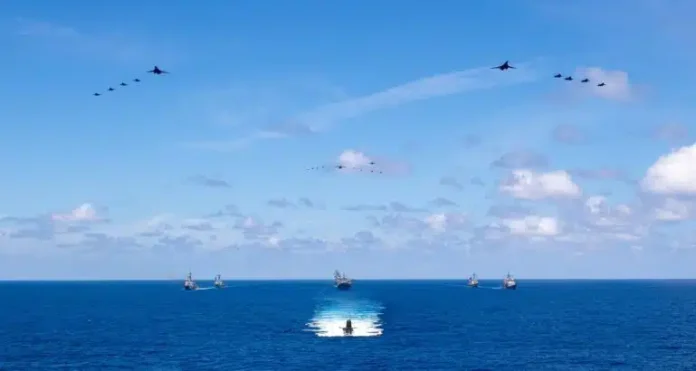By CDR Anthony LaVopa, USN*
The United States Navy and its allies have enjoyed uncontested control of the world’s oceans for over thirty years. But the People’s Republic of China (PRC) has been ambitiously pursuing the development of its military to compete with the U.S., specifically in the maritime domain. The Center for International Maritime Security.


